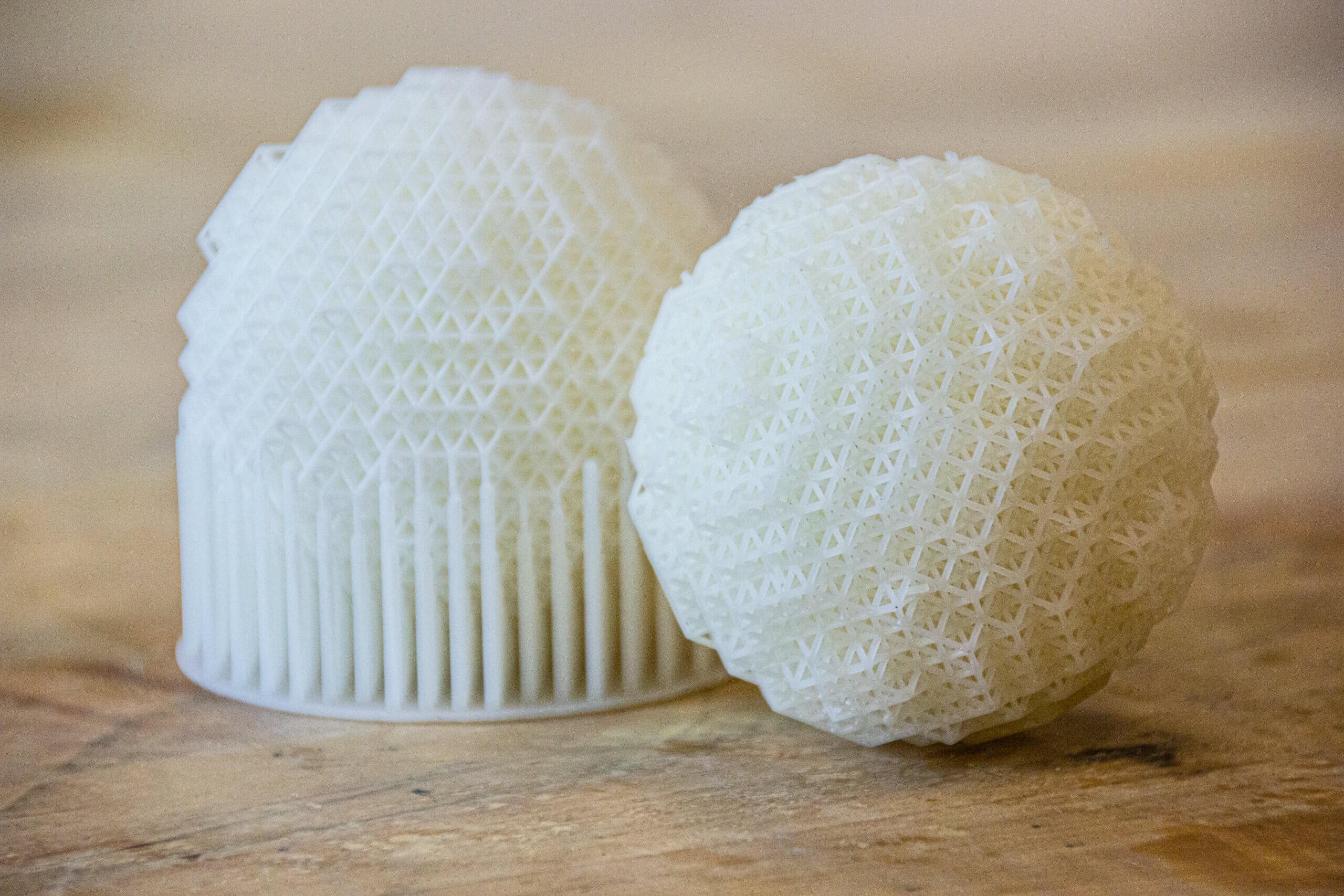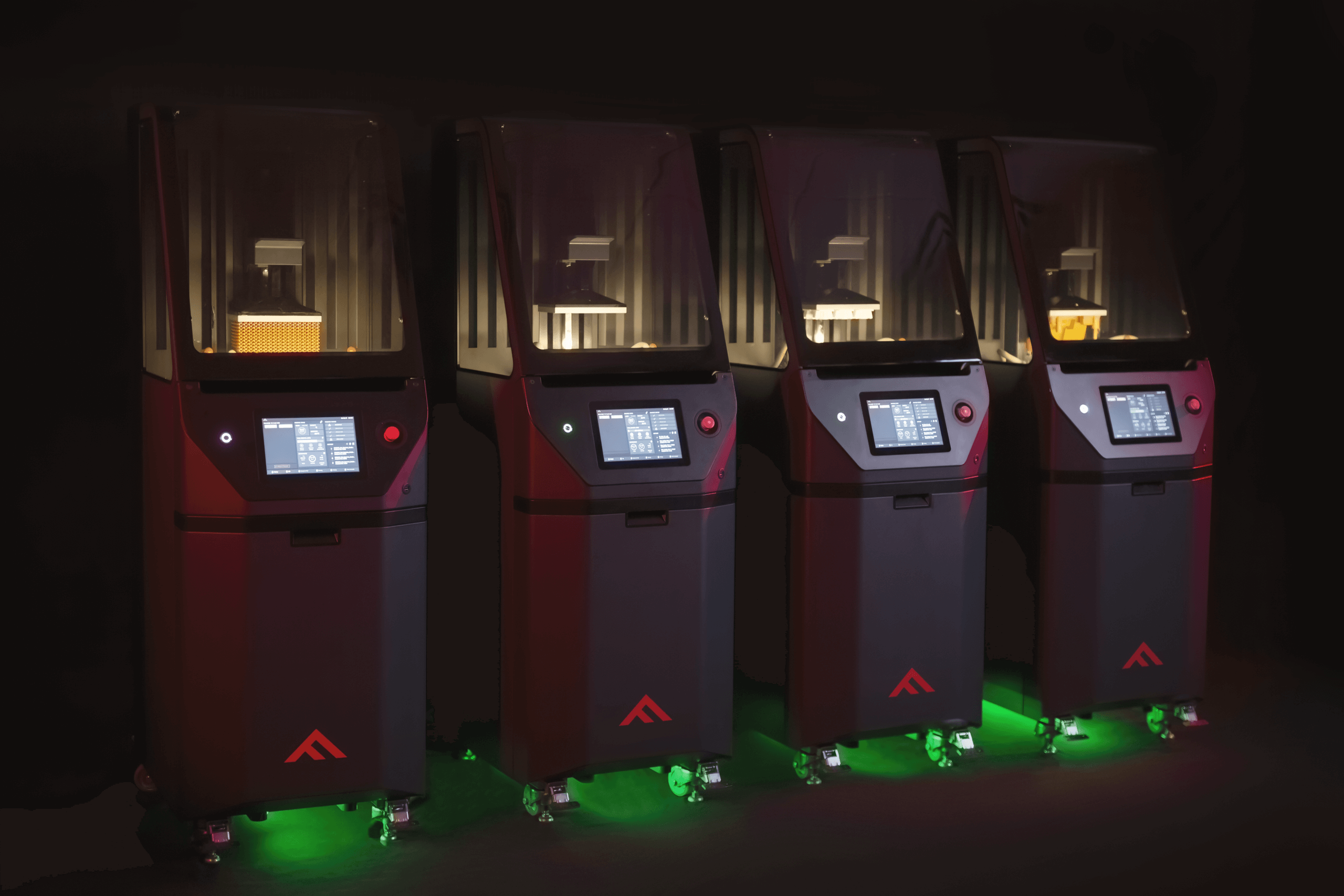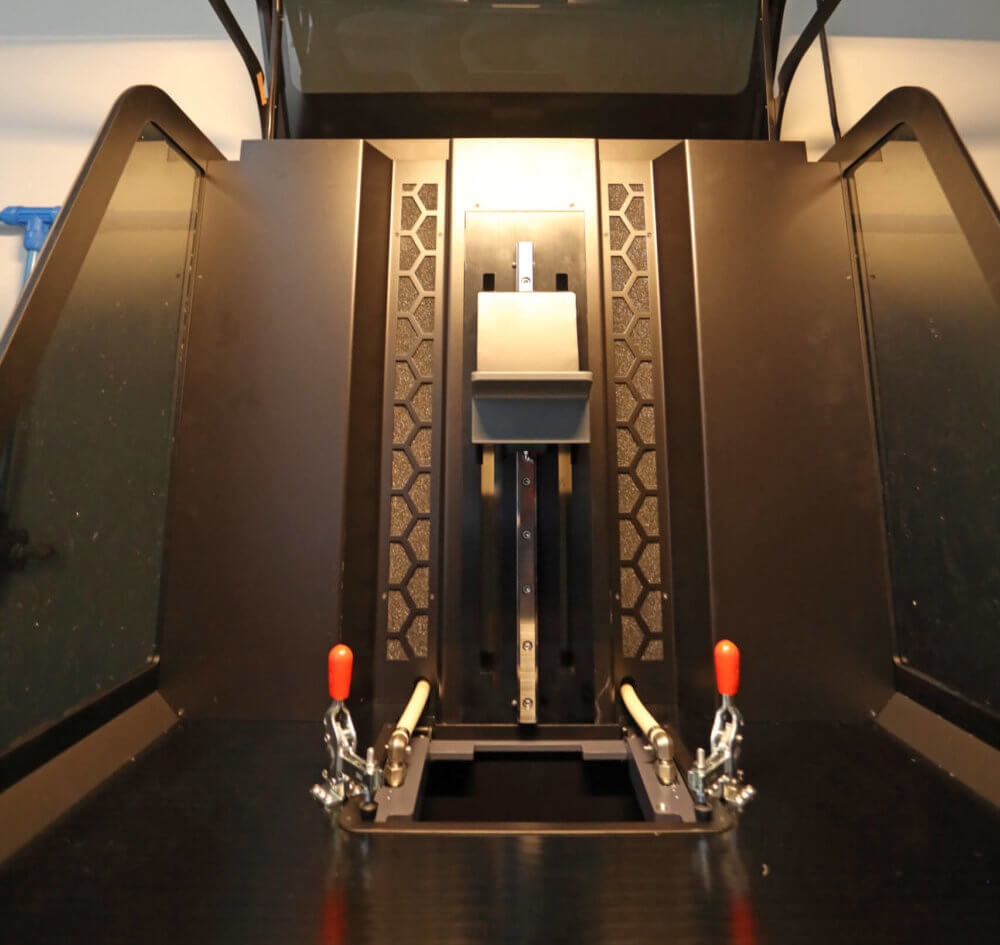Fortify, manufacturer of the FLUX series of composite digital light processing (DLP) printers, just made two big announcements that bode well for the company’s future. First off, Fortify will be making commercially available a range of materials that it has developed specifically designed for the additive manufacturing (AM) of electronics devices. Additionally, the company has entered into a strategic investment agreement with In-Q-Tel, a principal venture capital vehicle of the U.S. intelligence community.

The two announcements are not unrelated, as Fortify’s partnership with In-Q-Tel will also involve the development of materials and production processes related to radio frequency (RF) devices and wireless tech. In particular, the materials of interest will be those optimized for two Industry 4.0 areas: 5G infrastructure and the industrial internet of things (IOT). Beyond those two sectors, although certainly also overlapping with them, the two companies will be exploring applications of the materials for the aerospace and automotive industries.
In a Fortify press release announcing both the new materials as well as the new partnership, Victoria Chernow, Technology Architect at In-Q-Tel, said, “The manufacture of complex, tailor-made components are essential for our partners — the U.S. intelligence and defense communities. This is where 3D printing offers enormous potential and value. Fortify’s materials and 3D printing capabilities hold great value in delivering flexible, real-time tools to meet their mission needs.”
Fortify uses the term “Continuous Kinetic Mixing” (CKM) for its proprietary DLP printing technique. The main problem that Fortify’s technology addresses is sedimentation and aggregation of the resin in parts during the print process, a typical issue faced by users of 3D printers with loaded resins (resins mixed with reinforcement materials). With CKM, the materials are, well, mixed continuously, preventing this problem.
One major advantage of this is that it allows the company’s printers to work with more viscous materials than is the case with most DLP machines. This is reflected in a recent low-loss dielectric resin developed in partnership with Rogers Corporation, soon to be a subsidiary of DuPont. The material has applications in the development of unique antennas with complex geometries.

As mentioned above, one major objective of the partnership — and In-Q-Tel’s funding — is to scale up and further develop materials optimized for 3D printing devices reliant on 5G and the industrial IOT. Most specifically, this means the new capabilities for sensing systems made possible by 5G. The materials that Fortify has already developed are all designed to meet the standards necessary for many types of popularly-available electronics devices.
By partnering with In-Q-Tel, Fortify will be facilitating the bespoke replication, research into, and adaptation of those same types of devices for America’s spies and soldiers. The materials and designs enabled by CKM may, among other things, enable greater potential for device encryption and cybersecurity. And also, of course, today’s military hardware is tomorrow’s consumer tech.

It’s not clear how much In-Q-Tel is investing in Fortify, but in a recent round of funding about a year ago, Fortify gained 20 million dollars in investments. It’s doubtful In-Q-Tel invested anywhere close to that amount, but, given In-Q-Tel’s track record, it does strongly suggest that that $20 million has been well-spent thus far — and that Fortify will probably succeed at its goal of scaling up.
Images courtesy of Fortify.
Subscribe to Our Email Newsletter
Stay up-to-date on all the latest news from the 3D printing industry and receive information and offers from third party vendors.
You May Also Like
Air Force Awards Fortius Metals $1.25M to Qualify 3D Printing Wire for Hypersonic Applications
AFWERX, part of the US Air Force Research Laboratory (AFRL), awarded a Direct-to-Phase II Small Business Innovation Research (SBIR) contract worth $1.25 million to Colorado’s Fortius Metals, to accelerate qualification...
US Air Force Awards JuggerBot $4M for Large-format Hybrid 3D Printing
Large-format 3D printer manufacturer JuggerBot has received a $4 million grant to develop a large format 3D printer, courtesy of the Under Secretary of Defense, Research and Engineering Manufacturing Technology...
Where Have All AM’s Unicorns Gone?
In the rapidly evolving world of 3D printing, startups valued at over a billion dollars, known as unicorns, once seemed as fantastical as the mythical creatures themselves. While a few...
How My Childhood Fascination with Planes Led to Investing in 3D Printing
My fascination with aerospace started young, and I started studying planes–identifying them in the sky and learning everything I could about how they work. Fast forward to my first week...































